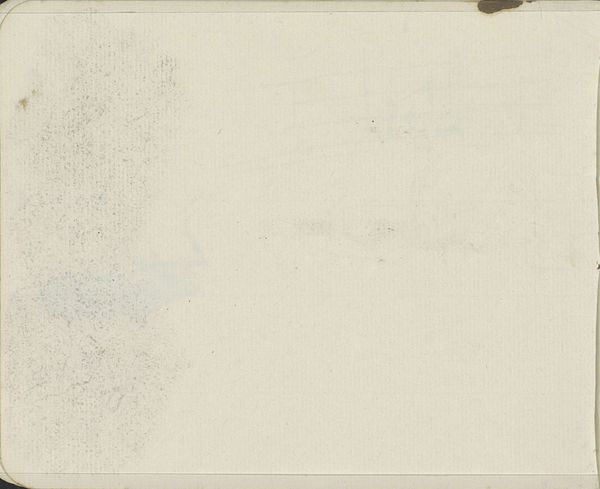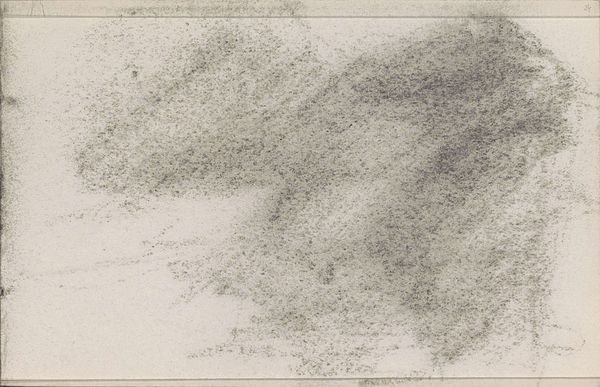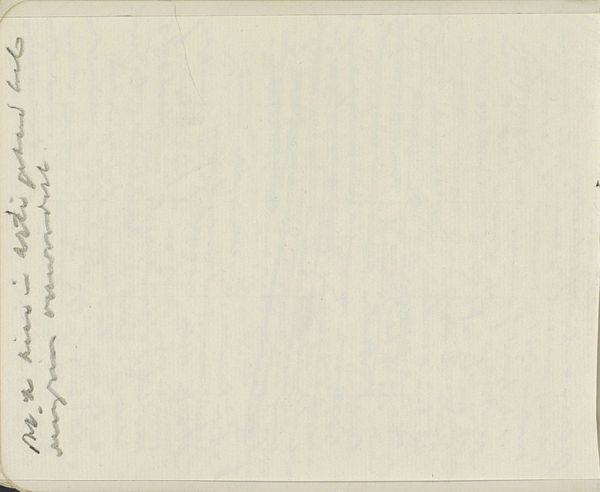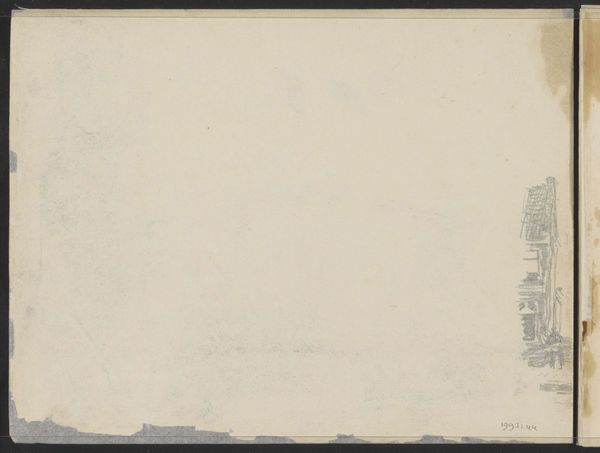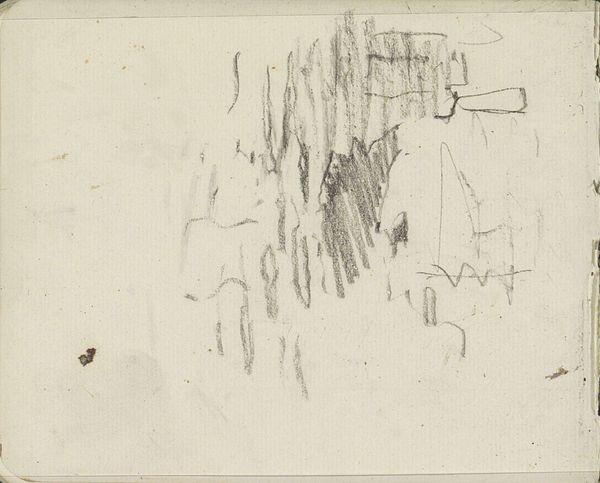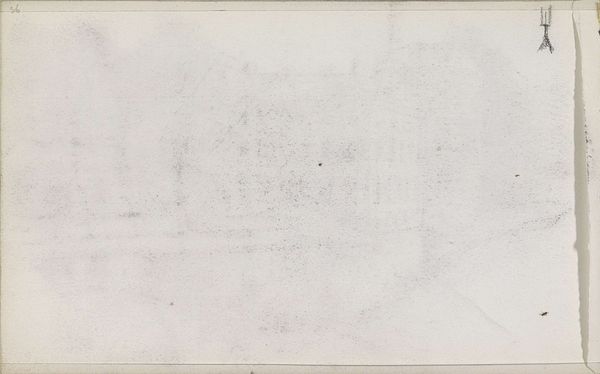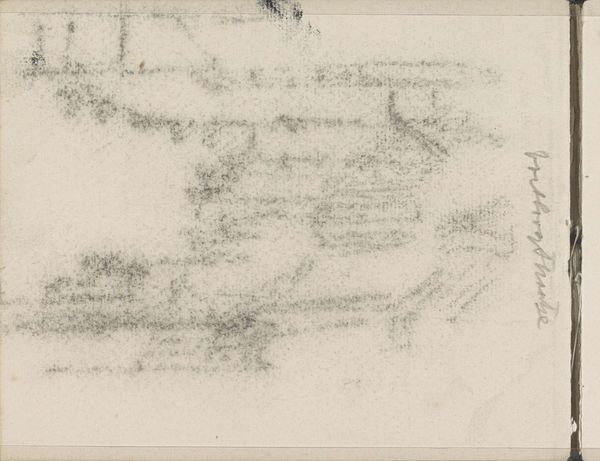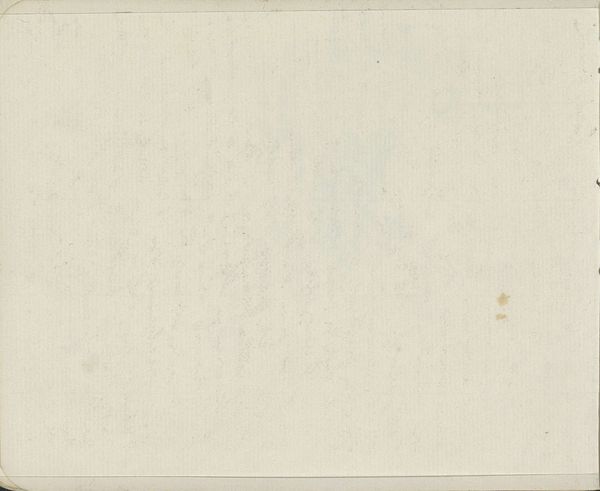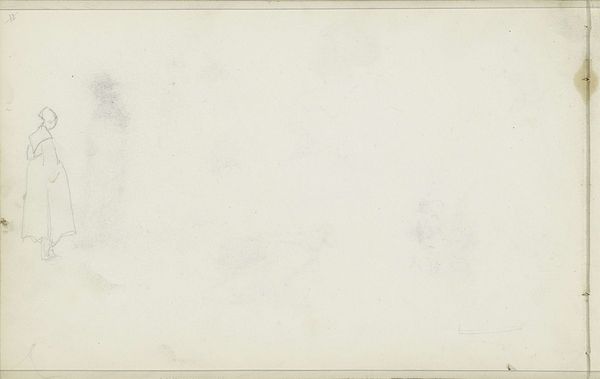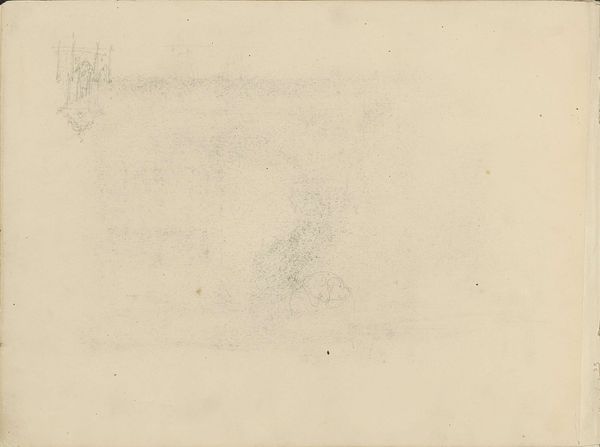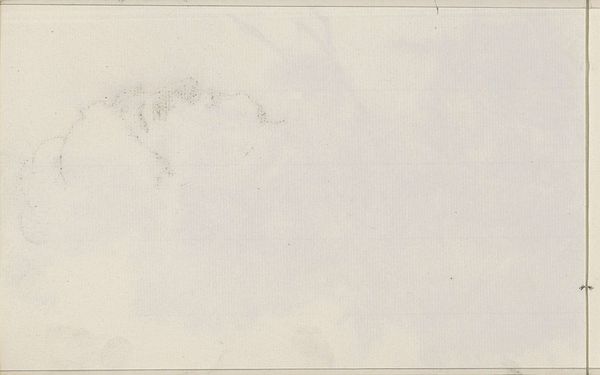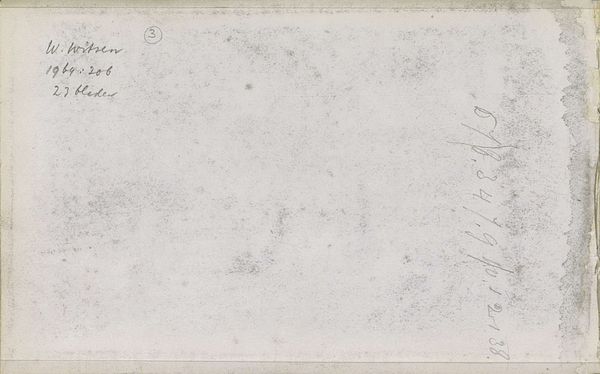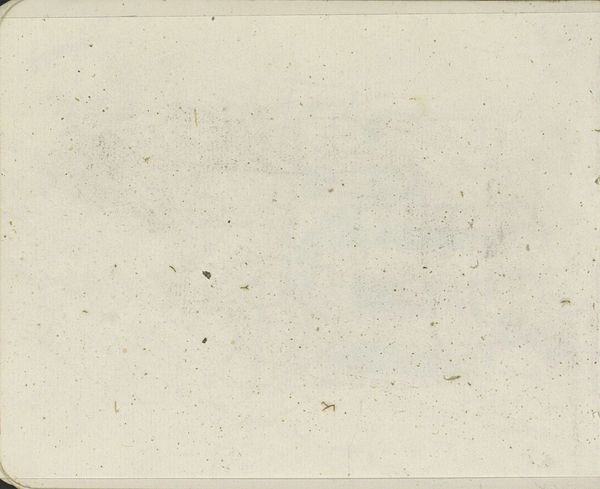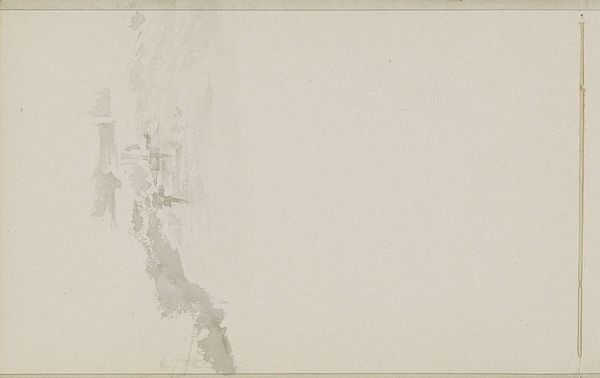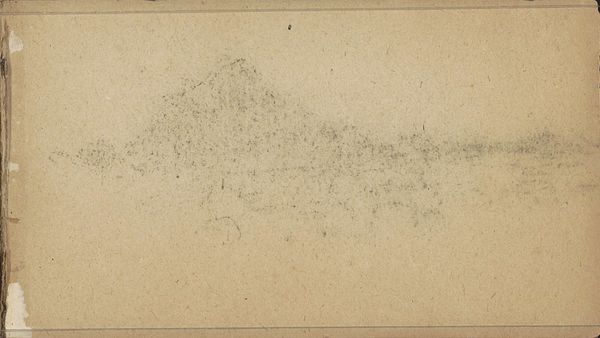
drawing, paper, graphite
#
drawing
#
paper
#
geometric
#
abstraction
#
line
#
graphite
#
modernism
Copyright: Rijks Museum: Open Domain
Curator: Willem Witsen's "Studie," a drawing dating from around 1915 to 1920 and currently held at the Rijksmuseum, offers a glimpse into the artist's exploration of geometric form. Editor: My first impression is one of quiet simplicity, a kind of muted energy contained within those almost chaotic graphite marks on paper. It's like a storm cloud rendered in hushed tones. Curator: Indeed. Witsen, deeply embedded in the Dutch artistic landscape, engaged with the modernist movements, even while reflecting on social anxieties surrounding the shift to modernism in a quickly globalizing world. I find it significant that he employs line and geometric structure, which both challenge and honor conventional modes of depiction, reflecting shifts in gendered social constructs of the era, particularly for women. Editor: I'm intrigued by the choice of graphite on paper; there’s a raw, immediate quality. One can imagine the artist experimenting, feeling the texture and resistance of the paper. This deliberate rawness feels critical. Considering his work with social commentary, could Witsen have employed these rough materials in defiance of more established means of production, especially after 1914? Curator: That is absolutely critical, viewing it through the lens of the politics of materials and artistic labor that characterized that time. By presenting this seemingly incomplete "Studie," he pushes back against the establishment. Editor: Exactly. And the emptiness around the drawing further amplifies that, placing an emphasis on material scarcity, on absence as a form of presence. It gives more power to the marks themselves. Curator: And situates those geometric markings within the social unease that would emerge in the interwar era and the years leading up to the second World War. This interplay between emptiness and geometry mirrors societal uncertainty and challenges established order, and perhaps an attempt at claiming some control amidst what must have felt like overwhelming upheaval. Editor: It becomes almost prophetic. By zooming in to the simple means, the geometric language reveals what words cannot. Seeing this allows for new perspectives when analyzing how these materials play roles across many pieces from that era. Curator: By exploring Witsen’s study, we've hopefully provided fresh lenses for viewing artistic expressions during periods of societal transition, especially concerning matters of gender, class, and nationhood. Editor: And appreciating the power held within a simple graphite line to articulate much more than its form suggests.
Comments
No comments
Be the first to comment and join the conversation on the ultimate creative platform.
